Nerves
Nerves are part of the body's nervous system, which carries messages back and forth between the brain and other parts of the body. The nervous system is like the body's electrical wiring, allowing the brain to communicate with the rest of the body.
Parts of a Nerve
A nerve is made up of nerve cells called neurons. Neurons have three main parts:
- Dendrites: These are the branches of the neuron that receive signals from other neurons.
- Cell body: This is the main part of the neuron that contains the nucleus and other important cell structures.
- Axon: This is the long, tail-like part of the neuron that carries signals away from the cell body to other neurons or to muscles or glands.
Types of Nerves
There are three main types of nerves in the body:
- Sensory nerves: These nerves carry signals from the body's sensory organs (like the eyes, ears, and skin) to the brain.
- Motor nerves: These nerves carry signals from the brain to the muscles, telling them to move.
- Interneurons: These nerves are found in the brain and spinal cord and help to process and transmit signals between sensory and motor neurons.
Function of Nerves
Nerves help the body to sense and respond to the environment. For example, when you touch something hot, sensory nerves send a signal to your brain, which then sends a signal back to your muscles to move your hand away from the hot object.
Study Guide
To understand nerves better, you can follow these steps:
- Learn about the parts of a nerve cell and their functions.
- Explore the different types of nerves and their roles in the body.
- Study how nerves help the body to sense and respond to the environment.
- Practice drawing and labeling a nerve cell to understand its structure.
- Observe real-life examples of sensory and motor nerves in action, such as reacting to a loud sound or moving a limb.
◂Science Worksheets and Study Guides Third Grade. Science in our world - 3rd gr.
Study Guide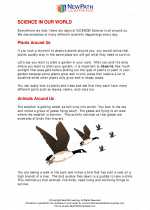 Science in our world - 3rd gr.
Science in our world - 3rd gr.  Worksheet/Answer key
Worksheet/Answer key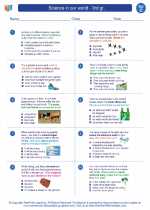 Science in our world - 3rd gr.
Science in our world - 3rd gr.  Worksheet/Answer key
Worksheet/Answer key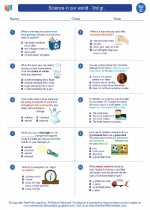 Science in our world - 3rd gr.
Science in our world - 3rd gr.  Worksheet/Answer key
Worksheet/Answer key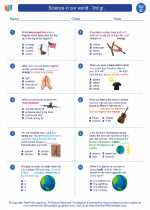 Science in our world - 3rd gr.
Science in our world - 3rd gr.  Worksheet/Answer key
Worksheet/Answer key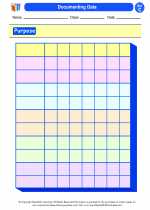 Documenting Data
Documenting Data 

 Worksheet/Answer key
Worksheet/Answer key
 Worksheet/Answer key
Worksheet/Answer key
 Worksheet/Answer key
Worksheet/Answer key
 Worksheet/Answer key
Worksheet/Answer key

The resources above cover the following skills:
History and Nature of Science: A student should understand the history and nature of science. A student who meets the content standard should:
Develop an understanding that historical perspectives of scientific explanations demonstrate that scientific knowledge changes over time, building on prior knowledge.
Develop an understanding that scientific knowledge is ongoing and subject to change as new evidence becomes available through experimental and/or observational confirmation(s).